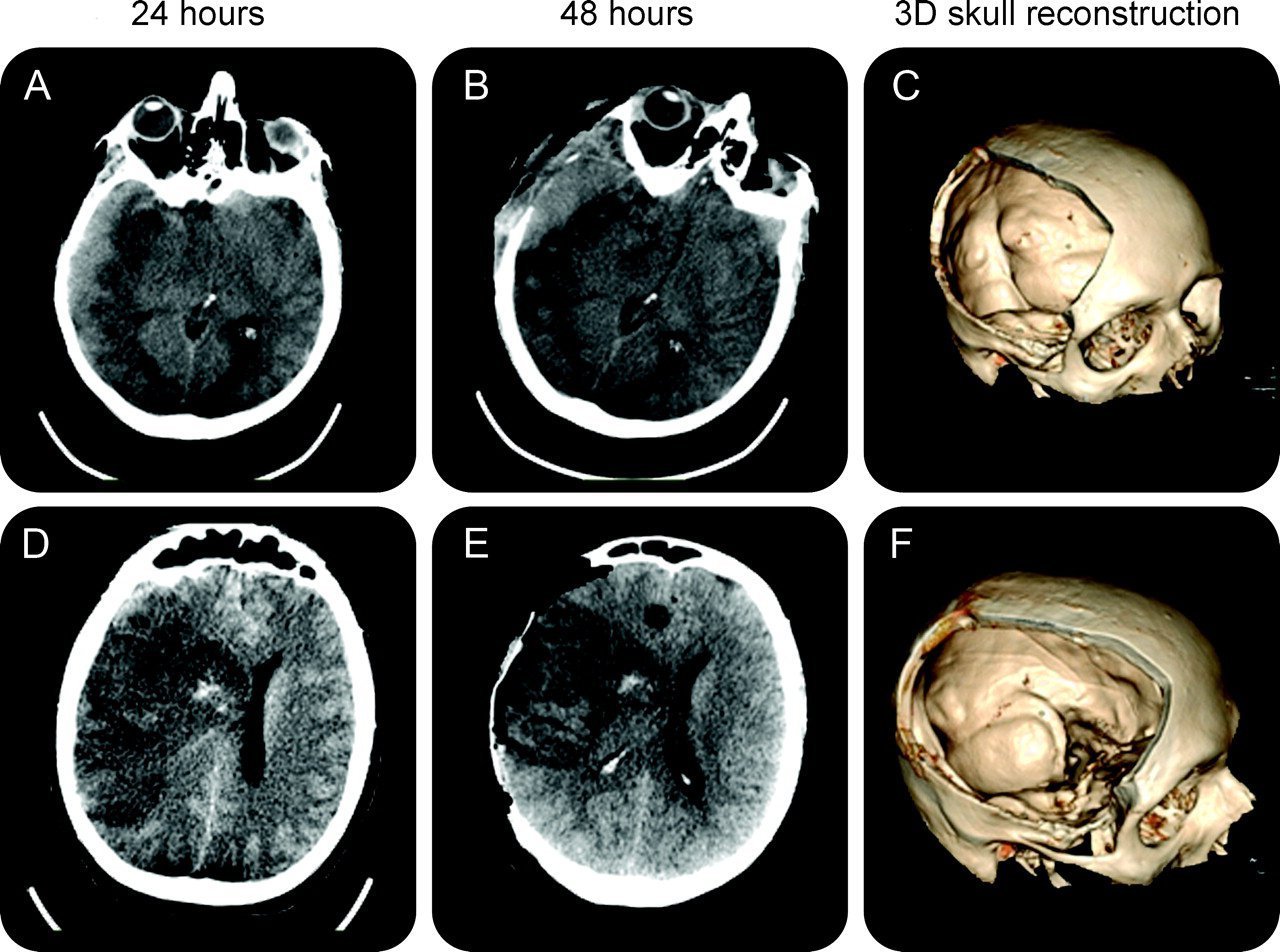Medical science is capable of some real spectacular feats – on the level of vaudeville entertainers, or circus-freaks – but backed by years of study, science, and precision. As we progress through the 21st century, the achievements only scale up as research and progress become more cutting-edge. In this list we have curated the top ten most challenging surgeries that requires human hands and super human skill.
In no particular order:
1. Septal Myectomy
A surgery to unclog the congealed muscles of the heart
Sometimes your lifestyle is not conducive to the well-being of your heart and when you let it go long enough you wind up with congealed heart muscles – a symptom of a multifaceted heart disease medically recognised as hypertrophic cardiomyopathy. Besides being a procedure that can last anywhere between three and six hours and convalescence in the ICU, the tricky part of this surgery is that it needs to be performed on a motionless heart.
2. Bariatric surgeries/Gastric bypass
For weight loss, achieved by reducing the size of the stomach
A bariatric surgery is carried out for weight loss and is especially challenging for surgeons as they have to employ particular instruments since the internal organs are hard to separate and in most cases have a layer of slippery fat surrounding them. The risk is greater with possible complications from anaesthesia, even the dosage of drugs need to be higher as they are easily absorbed by the fat. The patients also present a higher chance of contracting pneumonia.
3. Thoracic Aortic Dissection Repair
An emergency surgery to fix a tear in the deepest layer of the heart
Yes, it is as scary as it sounds – an aortic dissection is a tear in the deepest layer of the heart and can be reason for heart failure, stroke, or even a rupture of the aorta. Surgery needs to be immediate and the surgeon will have to fix the area of the damaged aorta and reconstruct the blood vessel with an artificial fix.
Check Out – Real Surgeries
4. Bladder Cystectomy
To surgically remove a part or all of the urinary bladder
This is done for patients who have been diagnosed with bladder cancer and involves removing a part of the urinary bladder, sometimes the whole organ. The most likely chance of risk is the infection of the intestine which can lead to peritonitis or the inflammation of the membrane lining the abdomen. The risk of urine leakage from the bladder incision can lead to a host of other problems.
5. Spinal Osteomyelitis Surgery
An infection of the vertebral bodies in the spine that requires surgery
The spine is the central structure of our body that allows us to keep it together – so surgery on the spine presents risks as extreme as full or partial paralysis. The patient may go through multiple treatments and procedures before opting for surgery to correct this spinal infection.
Check Out – Bollywood Celebs Who Opened Up About Cosmetic Surgeries
6. Craniectomy
An invasive surgery that requires removing a portion of the skull to inspect the brain
Imagine a an operation to drill through a portion of the skull to reach the brain. The removed portion is not replaced immediately leaving the brain vulnerable to damage if it is not protected properly. The permanent damage can include loss of vision, mobility, speech, memory and co-ordination. There is also the chance of excessive build up of fluid in the brain which could result in side-affects as serious as a stroke, seizures, spinal fluid leakage, swelling of the brain, making it one of the riskiest surgeries.

7. Separation of Conjoined Twins
The surgical separation of twins who were conjoined in the uterus
This procedure has to be a miracle of life and medicine and requires a varied set of specialties to carry out a successful separation. This surgery will most likely require every specialty of surgery to be in the same room – a neurosurgeon for the brain, orthopedics/plastic surgeons for the hands and legs – depending on the nature of the surgery.
Check Out – Dramatic Plastic Surgeries
8. Coronary Revascularization
This surgery is meant to restore the flow of blood to the heart
The surgery is conducted to redirect blood from one or more blocked coronary arteries to increase the flow of blood to the heart. The procedure uses artery or vein grafts from another part of the patients’ body to make new connections. This surgery is not an option for patients whose ventricular functions are unstable or deteriorating.
9. Surgical Ventricular Restoration
This procedure is meant to restore the heart to its regular shape and size after an attack
The surgery is complex and risky of course, we’re dealing with the heart again. The procedure is done to fix congestive heart failure after an attack and make it functional again by getting it to its regular shape and size. The level of risk is high as the patient is on a heart-lung machine and the surgeon is dealing with a very delicate part of the body.
Check Out – Michael Jackson Would’ve Looked Like Without All The Surgeries
10. Esophagectomy
Removal and reconstruction of the esophagus
This surgery is challenging because it involves the reconstruction of the region between the stomach and the esophagus. Depending on the condition of the patient the doctor has the option of choosing the preferred method but they’re all not without risk, like leakage of fluid from the stomach or esophagus where the new connection was made.
Bonus Entry!
Pancreatectomy
The surgical removal of all or part of the pancreas
A Johns Hopkins study has verified and documented complications in 41% of pancreatectomy (surgical removal of the pancreas) cases. These include post-operative bleeding, delayed gastric emptying — a condition in which food and liquids are slow to leave the stomach — internal anastomatic leaking. However, in recent years, the mortality rate for this procedure has decreased to a range of 5-10%.

















